Hardie Board Fence (Benefits & Design Styles)
Are you considering a Hardie board fence? Here, I discuss this material, its different uses, fencing styles, cost, and whether fiber cement is susceptible to rotting.
Fencing in your yard has a lot of benefits, from offering extra privacy to giving you an enclosed space for kids and pets to play in. You have a lot of options when it comes to fencing but one material that offers a wide range of benefits that you’ll want to consider is Hardie Board fencing.
What Is A Hardie Board?
Hardie Board is a brand-specific type of fiber cement siding. It got its name from the company that sells the material, James Hardie. It’s constructed from a combination of cement, sand, and cellulose fiber to create a durable material with a look similar to wood
The biggest benefit to Hardie Board is how durable it is. The material is actually a strong mixture of sand, cellulose fibers, and cement. The result is something that not only looks good but will last a long time as well. After all, cement isn’t something that’s known to break easily.
There are some off-brand options when it comes to fiber cement planks. While Hardie Board specifically refers to James Hardie’s products, fiber cement materials have nearly the same makeup.
However, they aren’t all quite the same. For example, Hardie’s adds additives aside from the main ingredients to help improve the durability of the fencing past the average fiber cement material.
Can Hardie Cement Boards Be Used for Fencing?
Yes! In fact, not only can you use Hardie Board for fencing but it offers many benefits. For one, it’s durable. This means that not only will they last a while, but they’ll offer additional privacy too.
Two specific types of siding materials can be used for fencing: Hardieplank® and Hardiepanel®.
HardiePlank Lap Siding is available in 12-foot lengths with widths varying from about 5.25 inches to 8.25 inches, and a thickness of 0.3125 inches (5/16 of an inch). For fencing, this planking can be installed horizontally or vertically, depending on your preferred design style.
HardiePanel Vertical Siding is the preferred choice for modern panel fencing. The panels are available in sizes of 4 x 8 feet, 4 x 9 feet, or 4 x 10 feet, and have matching thickness as HardiePlank (about 0.3125 inches). These panels can also be cut to your desired lengths depending on your needs.
The fiber cement material of these types is resistant to moisture, meaning that areas with adverse weather won’t affect the fencing as they may with regular wood products. While other fencing types may warp or rot from a damp environment, this type will hold up much better.
However, you should not install this material directly on the ground as it can still be damaged with prolonged exposure to moisture from the ground. This can be achieved using a concrete or gravel base.
The panels make excellent fencing, but these boards are not recommended as primary posts. Instead, consider using a different material for the fencing posts, such as pressure-treated wood, steel, aluminum, galvanized metal, concrete, or composite.
Here is a comparison chart detailing the pros and cons of different fencing post materials.
Since most of these fences create a solid wall, you don’t have to worry about gaps between the slats either. And because the product uses concrete, it has a higher fire-resistance rating than a traditional wood fence.
This can come in handy if you live somewhere wildfires often occur; a little extra fire resistance can offer real peace of mind.
Finally, this material is often praised for its modern appeal. It’s a great way to bring a love of contemporary decor outside. For more ideas, see our gallery of fence designs with different materials here.
Hardie Privacy Fence
Some fences trace a border, but they don’t offer a lot of privacy. Looking at them, you can easily see what’s on the other side. Privacy fences don’t have this same problem. They’re made to be solid and block out the visuals on the other side of the fence.
To qualify as a privacy fence, the structure needs to be at least four feet tall. However, they typically cap the height at six feet tall. Hardie Board fencing is a great choice when searching for privacy fence ideas. It’s easy to make it into a solid wall, and given the material’s opaque nature, it’ll protect your privacy from anyone on the other side.
The only thing to note about Hardie Board privacy fences is that they shouldn’t sit directly on the ground. Rather, you should keep the materials six inches off the ground, but this shouldn’t affect the privacy of those within the yard.
Hardie Picket Fence
As opposed to a privacy fence, picket fence designs are easy to see over because they’re made up of slats rather than a solid board. In addition, they’re often shorter, usually only reaching three or four feet high on average. They’re great if you want to set a perimeter for your home without necessarily blocking out the view as much as privacy fences.
Typically, picket fences are made with wooden slats connected by a pair of horizontal rails. Technically, you could pull this look off by swapping out those wooden slats for shaped Hardie Board fencing. Another similar concept often seen with this fencing is those made up of horizontal slats rather than vertical ones, like in a picket fence.
By opting for Hardie Board picket fencing over a traditional wooden one, you have more protection against common problems like rotting, and you can even take advantage of a higher rate of fire resistance.
Hardie Fence Cost
The cost of your Hardie Board Fence will depend on factors such as how large the fenced-in area is and how tall the structure will be. These factors play into how much material you’ll need to fence in your yard. Since fencing is often measured in linear feet, the higher your design, the higher your estimate.
For instance, if you have a shorter fence around four or five feet tall, you can expect a starting price of $50 per linear foot. If your fence is six feet tall, that measurement raises to $55 or more per linear foot. At seven feet, you’ll spend a starting price of around $64 per linear foot, and an eight-foot fence costs about $74 per linear foot.
Can Hardie Plank Rot?
Since your fence is an outdoor feature, it’s important that it can hold up to different weather conditions, including damp or humid conditions. If a fence can’t stand up to moisture from sources like the rain, it’ll start to rot, leading to a shorter lifespan.
Luckily, you see this problem more commonly with wood or vinyl fencing and it isn’t a concern with Hardie Board. Not only that but you won’t have to worry about the fencing warping or burning in the heat.
This comes from the fact that Hardie Board is moisture-resistant, in general. This doesn’t allow the material to become saturated enough to start rotting.
Is Hardie Fencing Rated For Ground Contact?
Ground contact refers specifically to the ability of a material to stand up and not rot if it’s installed where it won’t dry out completely, like below the soil. If a material isn’t board-rated for ground contact, you increase the risk of rot by not giving the material a chance to dry out and recover before introducing a new wave of moisture.
While Hardie Board is rot-resistant, it and other types of fiber cement aren’t highly recommended to bury in soil that will keep it damp. Installing cement fiber fences at least six inches off the ground is recommended so it doesn’t absorb water through contact with the bottom of the fence.
See more related content in our article about the different types of wire fences on this page.

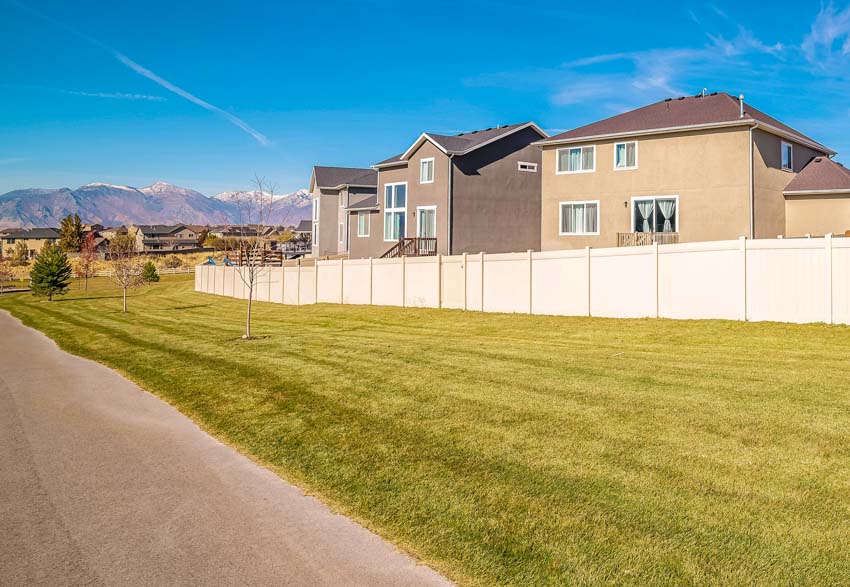
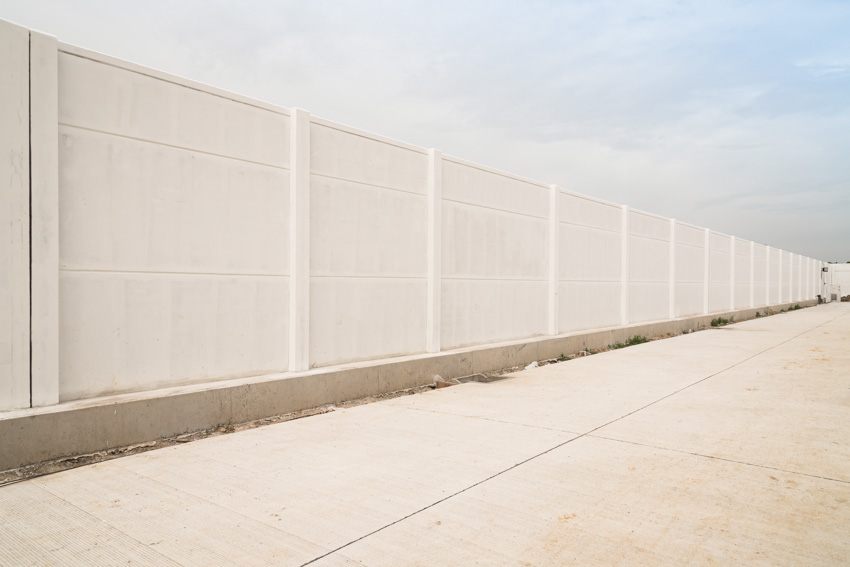
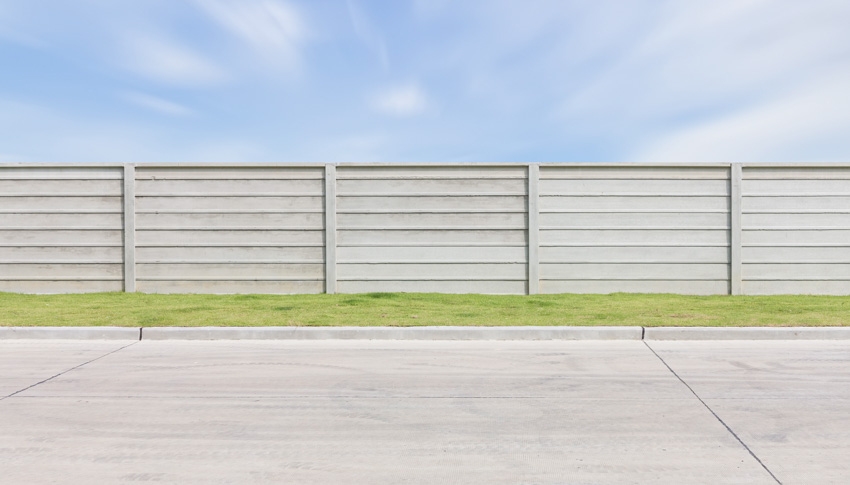


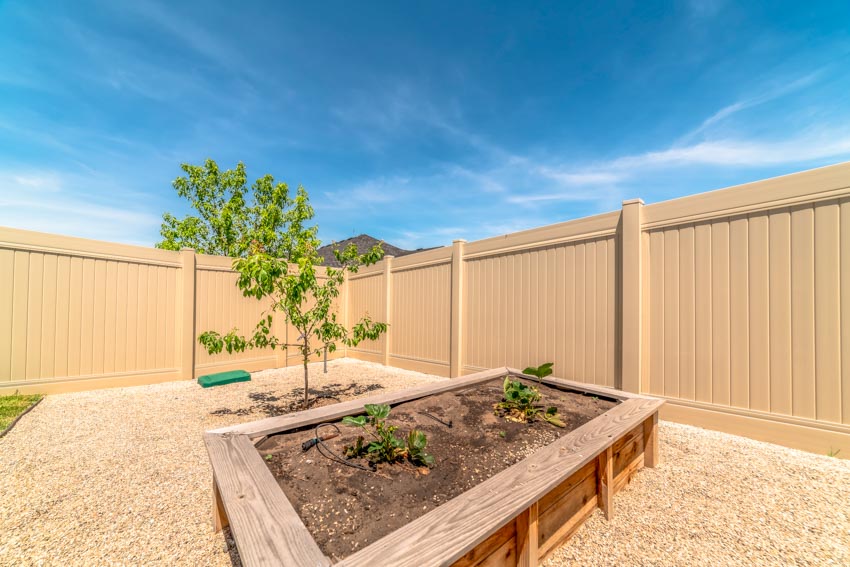

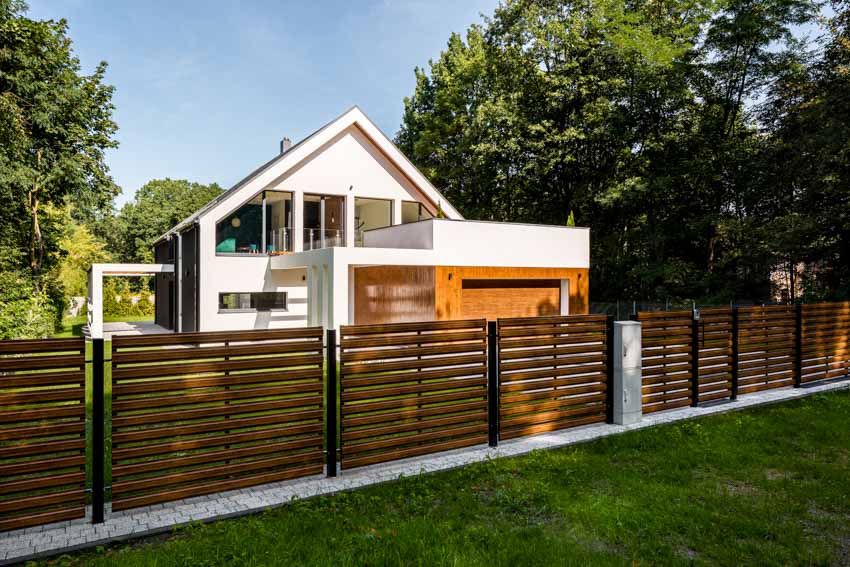
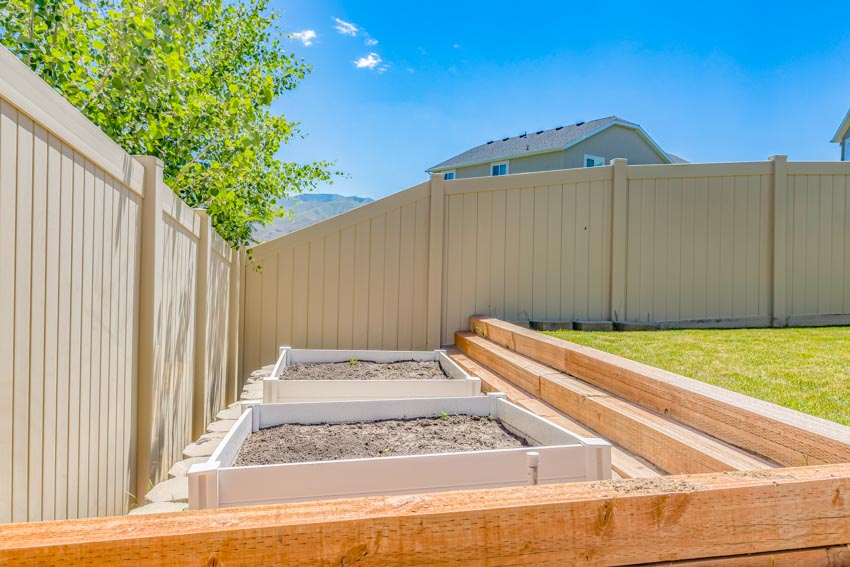
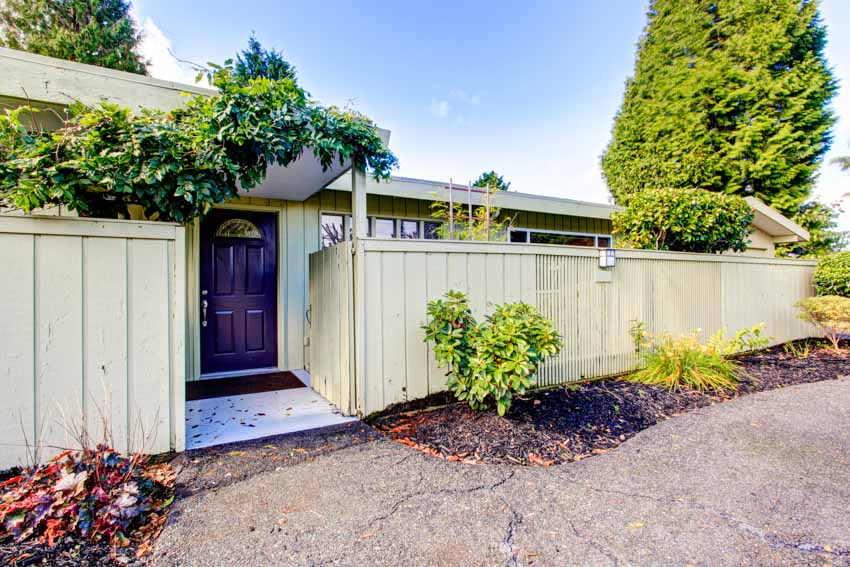
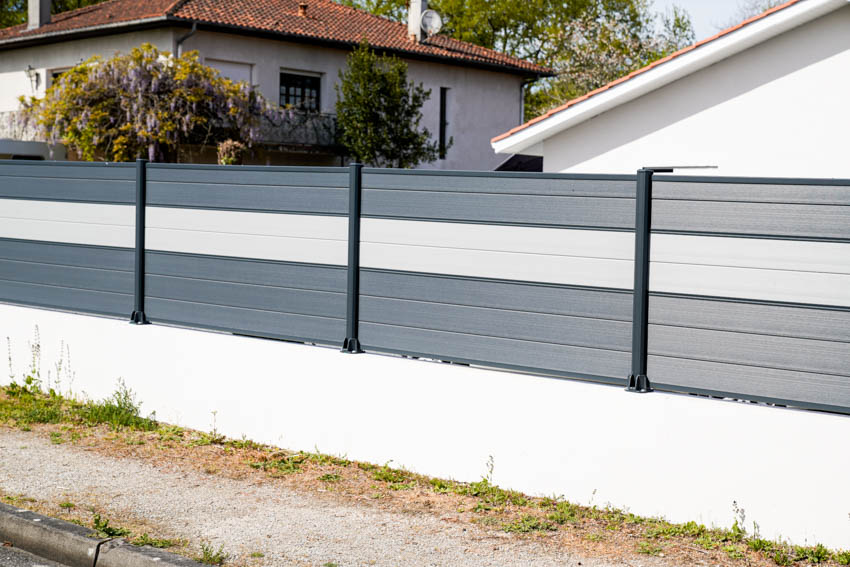
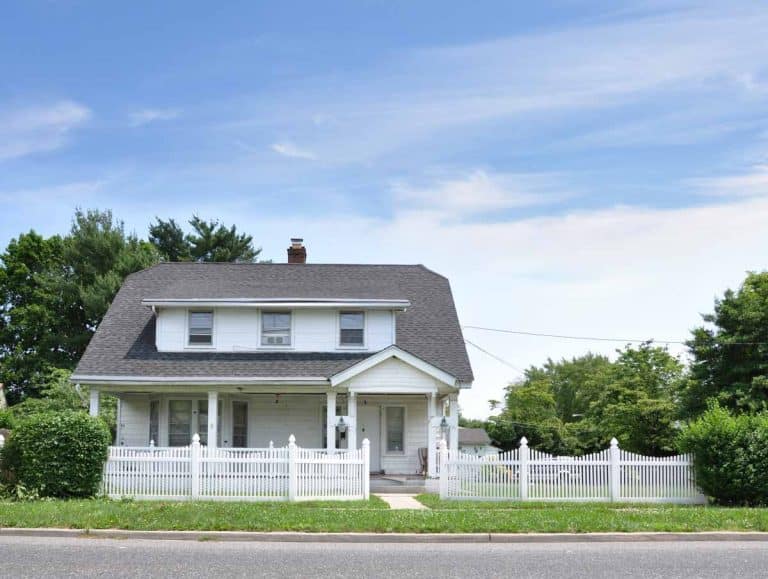
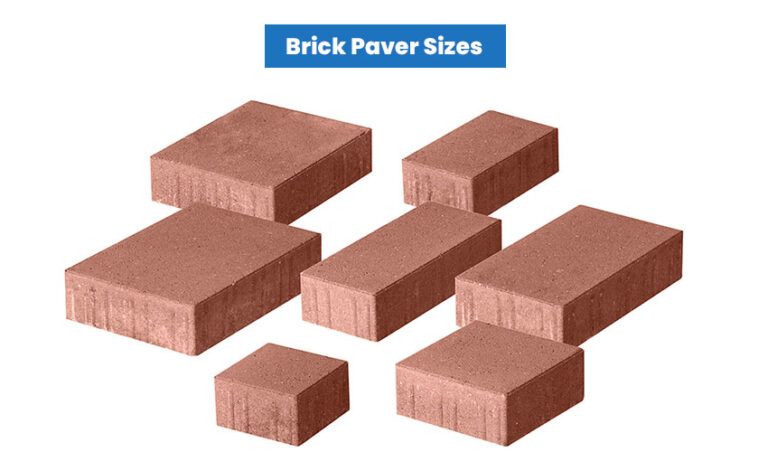

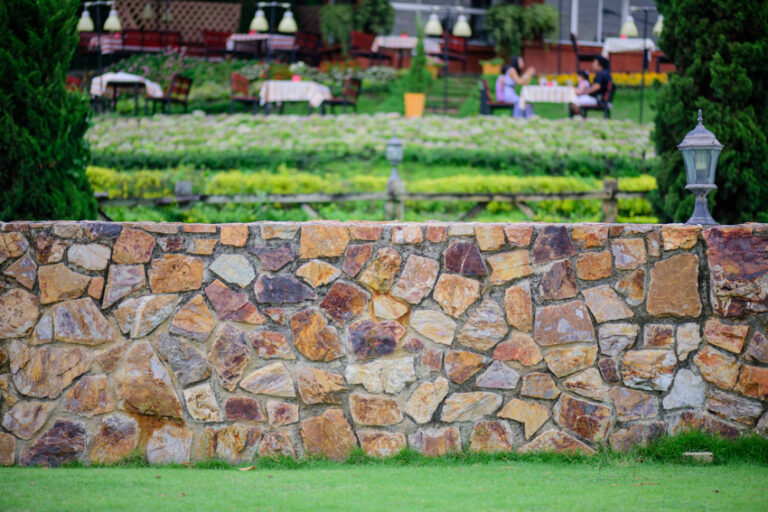
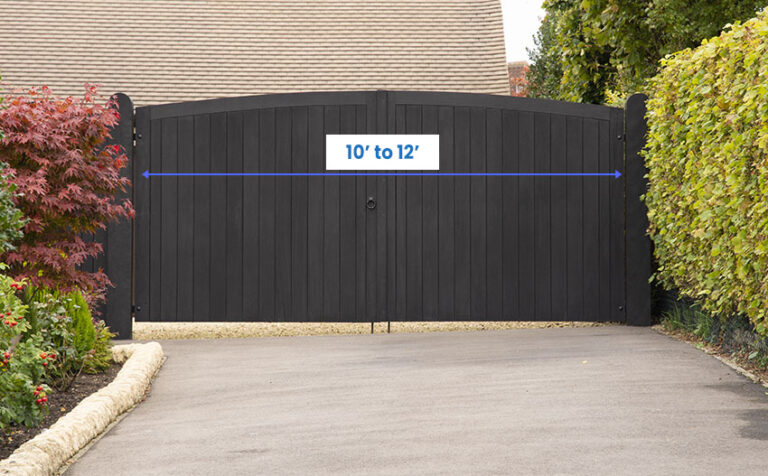
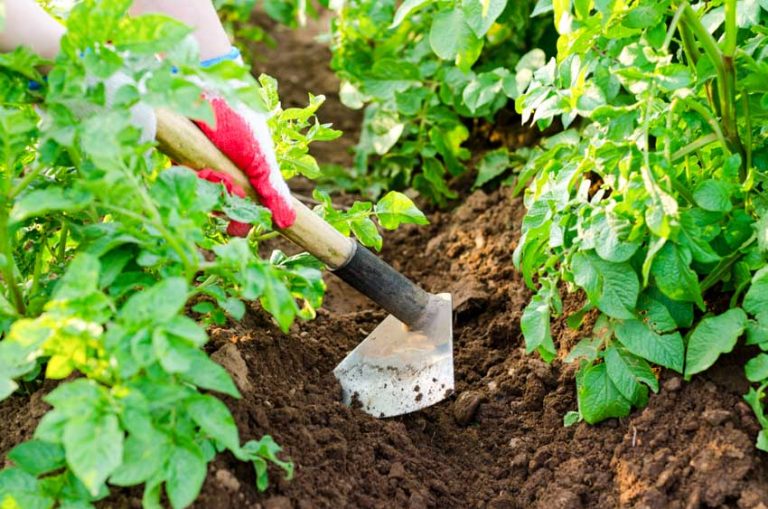
Can Hardie board fence be used for protection against theft? We have an issue of homeless people who cut through our expanded metal fence.
How effective will this be?
We are looking for 7-8 feet high fence 1000’s of feet long. How will it stop people from climbing over?